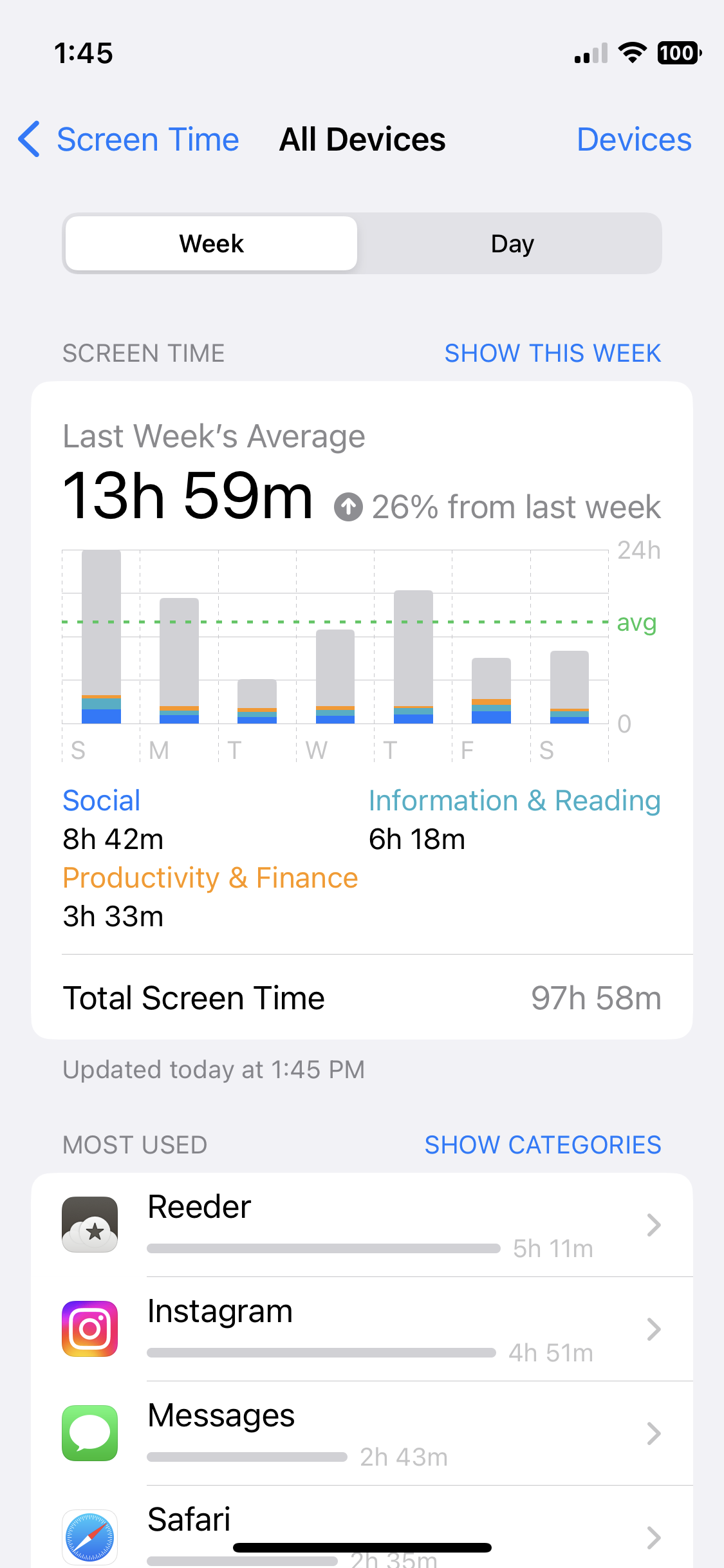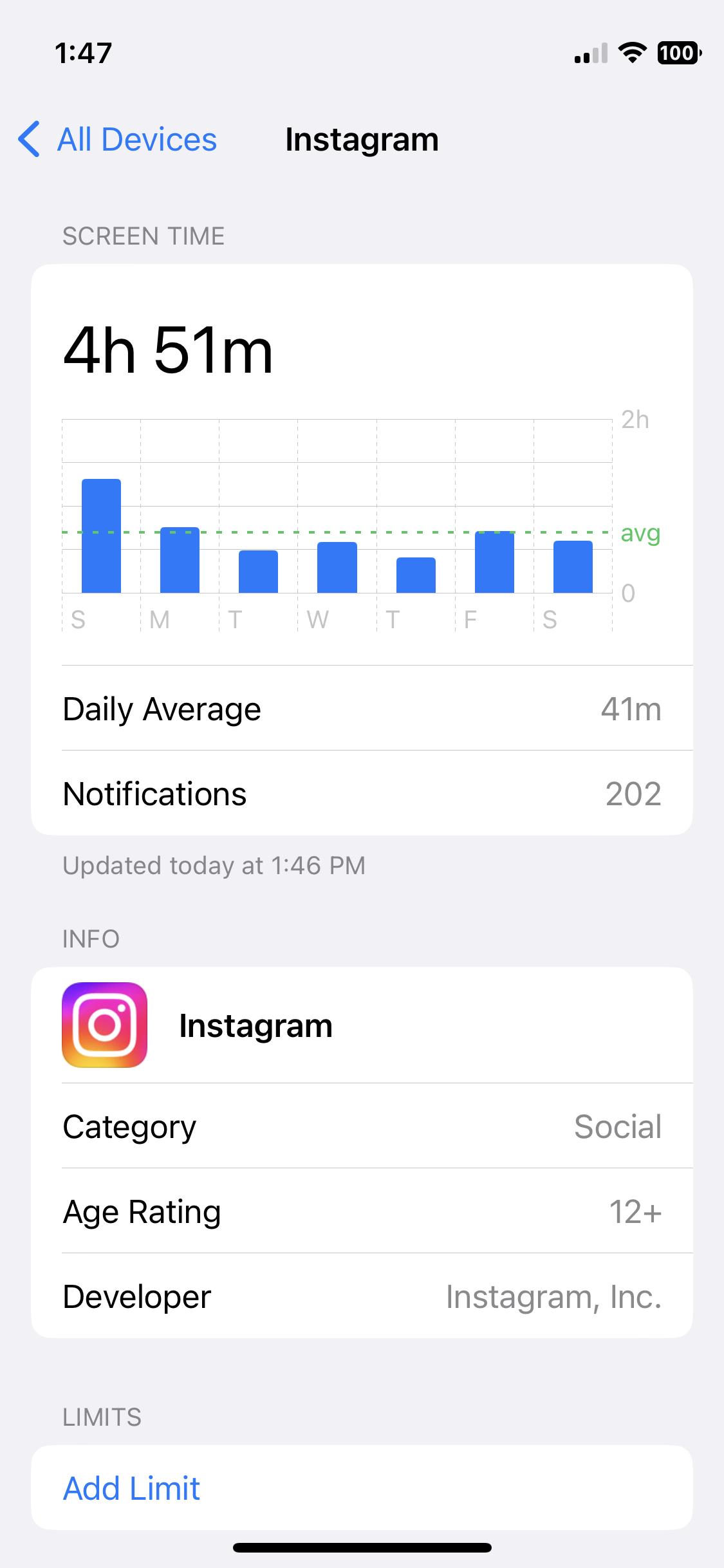Emily Baker-White Reports for Forbes that TikTok (like many other tech companies) has a super secret special OMG magic button to turn up the heat on videos and give them viral pizzaz in exchange for making influencers feel all fuzzy inside:
“The heating feature refers to boosting videos into the For You feed through operation intervention to achieve a certain number of video views,” an internal TikTok document titled MINT Heating Playbook explains. “The total video views of heated videos accounts for a large portion of the daily total video views, around 1–2%, which can have a significant impact on overall core metrics.”
TikTok has never publicly disclosed that it engages in heating — and while all tech giants engage, to some degree, in efforts to amplify specific posts to their users, they usually clearly label when they do so. Google, Meta, and TikTok itself, for example, have partnered with public health and elections groups to distribute accurate information about COVID–19 and help users find their polling place, making clear disclosures about how and why they chose to promote these messages.
Somehow I feel these other social networks also engage in similar tactics without disclosing in both boosting views and limiting views such as shadowbanning as demonstrated in this WaPo article by Geoffrey A. Fowler:
Shadowbanning is real. While the term may be imprecise and sometimes misused, most social media companies now employ moderation techniques that limit people’s megaphones without telling them, including suppressing what companies call “borderline” content.
So if we have evidence that the view count is modulated on-demand to achieve internal social network goals, why do we still give it credibility?
When Facebook first introduced the concept of a like button back in 2009 (aside: there is a full wikipedia article on the button! that’s how important of a social network construct it is!), nobody understood how much it was going to shape everything and influence every aspect of our social lives.
Now it’s in everything: Instagram likes, Twitter retweets, LinkedIn reshares, Pinterest pins. Roll the presses! Juice the numbers! Light the world on fire and watch it burn!
Data takes shape as a solid mass that can be prodded and traded. Reputation has weight as dictated by subscriber counts and video views.
But the system is manipulated. We clearly see evidence. And there is no shame in it. Sure, there might be a bit of brouhaha from one journalistic expose to another unfolding in front of us. But is any of us truly phased?
I opened my screen time just now and here’s what the data says about my social media use for the last week:


Hmm, an average of 41 minutes a day. Not too bad, I guess. I don’t know, it’s hard for me to gauge myself. I entertained myself. I checked in on friends. I responded to funny and stupid reels. It wasn’t productive, but that was okay. I enjoyed my social media outlet. I don’t like thinking about the fact that the algorithms concoted by data scientists at Meta are finding new ways to suck me in. Maybe that’s why I’m not super hip to TikTok because I know if I take the drug, I’m going to end up addicted like the rest of my friends who scroll and scroll.
On the influencer end of things, how real is your follower count? How real is your video count? Instagram and TikTok consider a view the second you watch a video. That’s not a view, that’s basically an impression as noted by Jason Pantana in his post. IGTV isn’t any better with 3 seconds of watch time considered a view. At least YouTube is a bit more considerate with 30 seconds of continous viewing eliciting an earned view as well as taking replays into consideration.
So then, millions of views aren’t such a big deal to begin with. Yet, I can’t tell you the number of kids I interact with that take that level of virality serious. They add it to their collection of wins—an algorithm driven video that can be manipulated at any time for any reason by computers or humans—they take that as their own win.
At least for me, you can see the screenshot above that RSS plays more of a role than social media. I follow 425 active feeds according to my feedly account filtering in my daily dose of tech-infused content and world news. I am the algorithm. I chose this. And I like it. It also feels wholly mine. It’s not subject to the whims of someone else pulling levers and pushing buttons to get me to engage.
I came across this YouTube Short from GaryVee talking about his social media of sunshine. I really like this take. I encourage folks to take advantage of the unfollow button, mute button, and not interested buttons on all platforms. It’s a small bit of resistance but it matters.
I do think there is something to be said of micro.blog, mastodon, and more federated activities. Tumblr has something beautiful along these lines, perhaps I should dust off my account and check that out, it’s been a while. I don’t think we’re escaping social media anytime soon. So let’s make it a place of sunshine that we want to live in. We’re already plugged in the matrix anyways 🙂